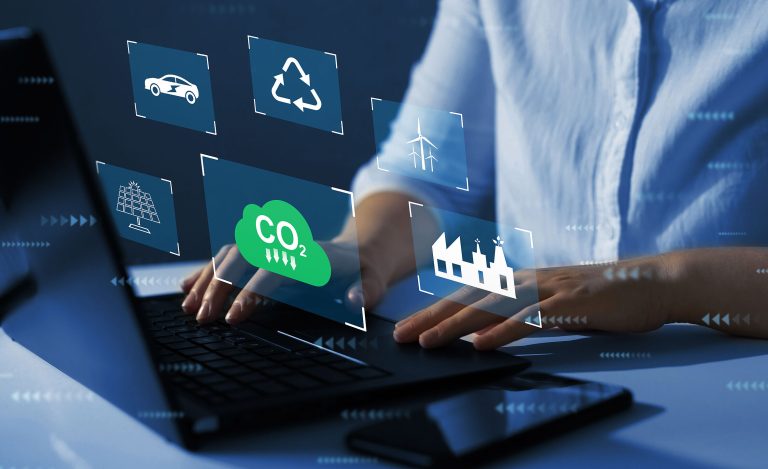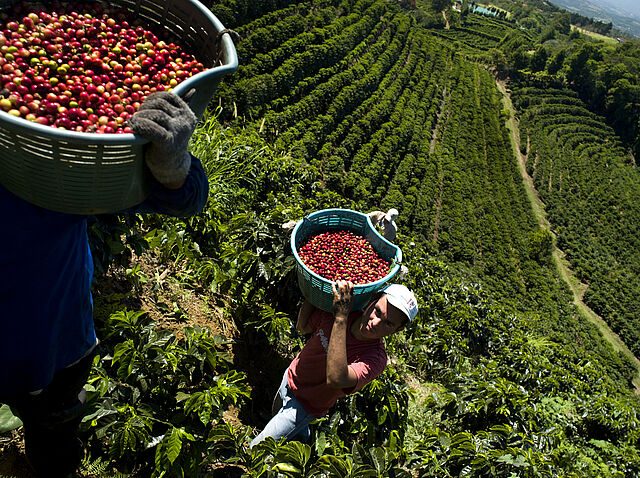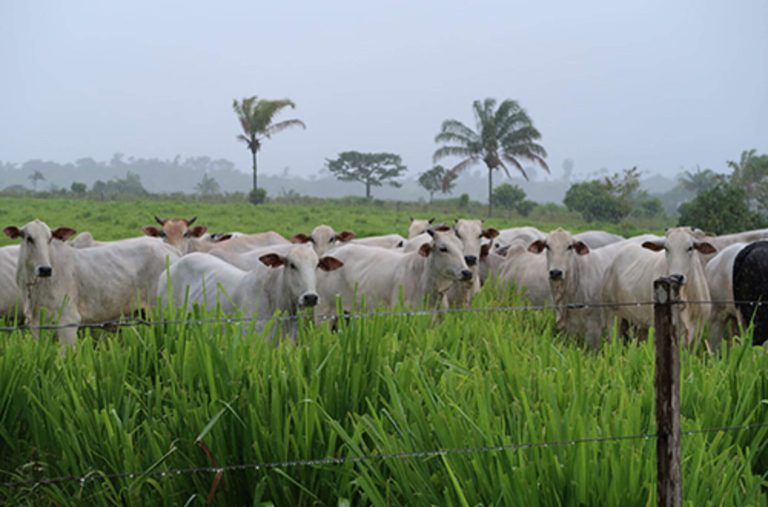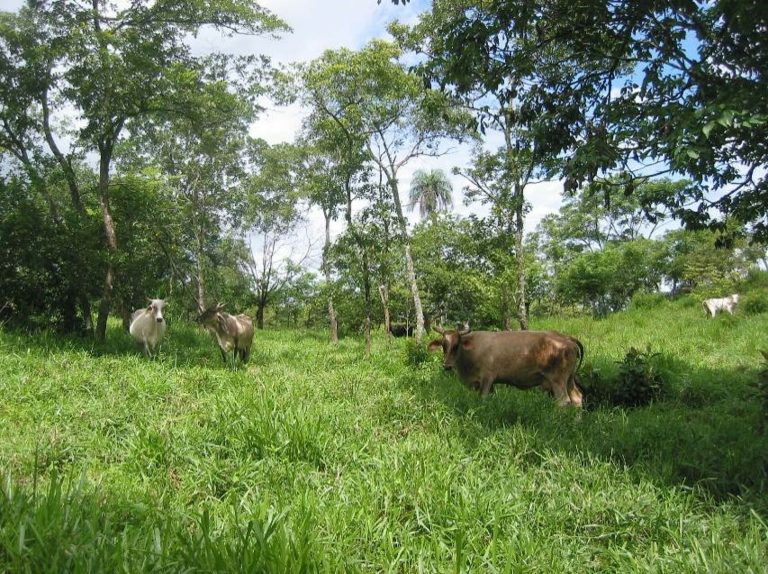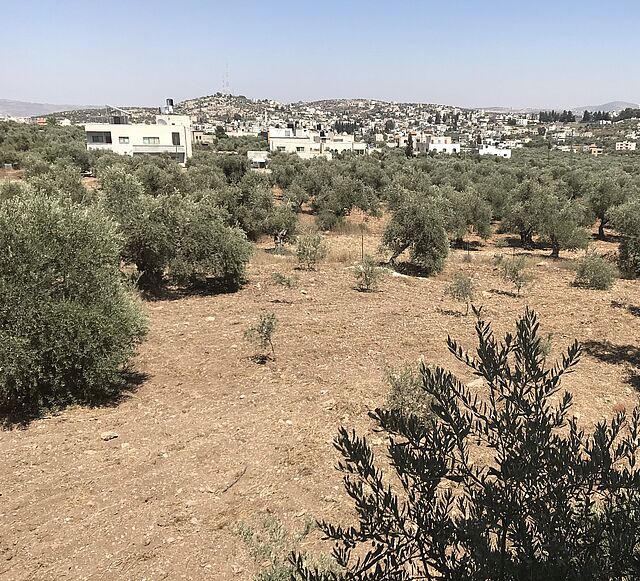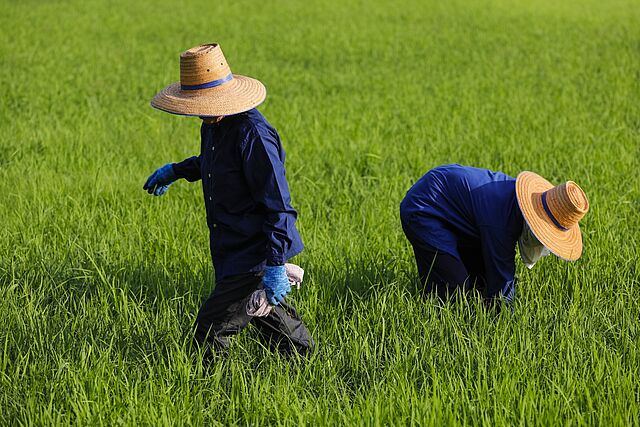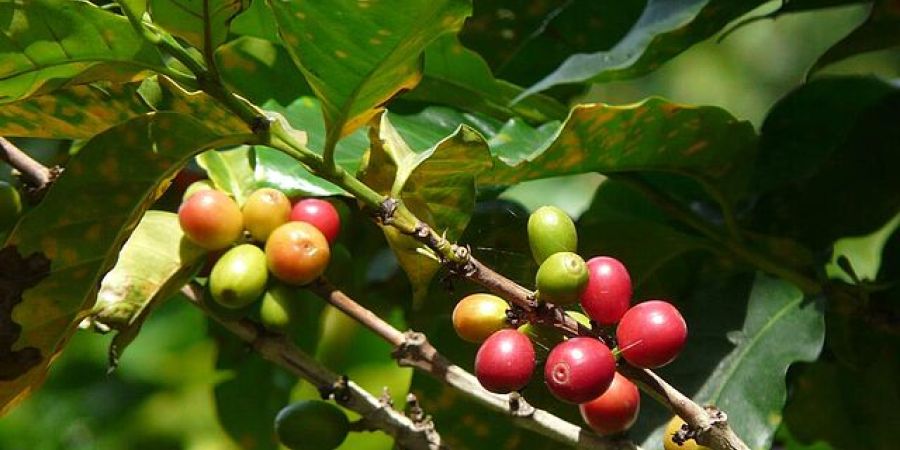
Background: Coffee production in Costa Rica is closely linked to the country’s national identity and provides employment to up to 150,000 people during harvest. Moreover, the activity accounts for nearly 8% of national domestic production (GDP). Costa Rica is among the first countries globally to set a target to achieve carbon neutrality. Coffee production represents up to 10% of national greenhouse gas (GHG) emissions.1To reduce the carbon footprint of the sector and maintain sustainable coffee production in the future, the government of Costa Rica plans to implement mitigation measures in a participatory process between 2011 and 2021.
Approach to Transformational Change: Costa Rica’s project “Low-Carbon Coffee NAMA” involved a sector-specific approach focused on a climate-friendly transformation of the entire value chain of one of the most important economic sectors in the country. The project offered technical and policy advice to change production and processing practices in the sector, which is the source of about two percent of the country’s greenhouse gas emissions. The project focused on the efficient use of fertilisers, reduced water and energy consumption in coffee processing, support for agroforestry systems and strategy development to promote low-carbon coffee.
The project supported three financial products to boost low-carbon coffee production and processing. A credit line to commercial banks for preferential loans for low-emission investments in mills and GAPs at farms (each USD 10,000 – 1m), a subsidy for smaller technologies for farmers and millers (maximum USD 10,000 per investment) and a grant for a results-based payment scheme for the planting of shade trees. The subsidy mechanism has resulted in leveraging EUR 3.6m due to lenders’ contributions by the end of 2021. Investments and in-kind contributions by ICAFE, MINAE, BCIE and HIVOS of EUR 2.7m were leveraged by the end of 2021. Furthermore, the project supported feasibility studies and offers trainings to financial institutions.
Mitigation potential: The project achieved mitigation by an efficient use of fertilisers, improved water management and wastewater treatment, an aerobic treatment and energetic use of pulp, improved ovens and boilers and increased use of solar drying and carbon fixation due to the planting of shade trees.
The five-year program was prolonged to a total program lifetime of seven years to extend the subsidy scheme for smaller technologies and the results-based payment scheme for the planting of shade trees.
Visit the project’s official website [available in Spanish] as well as here to learn more about it.
1Source: GHG inventory of 2005


